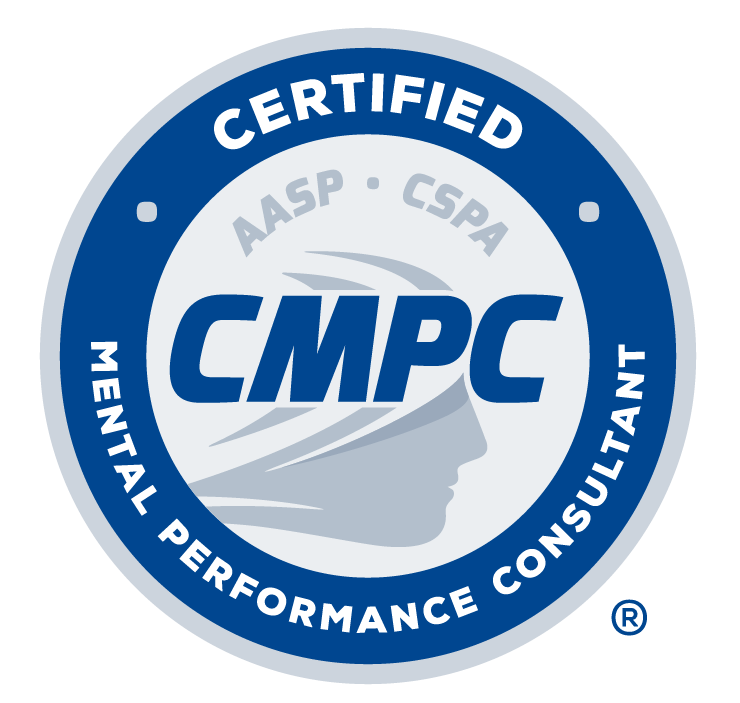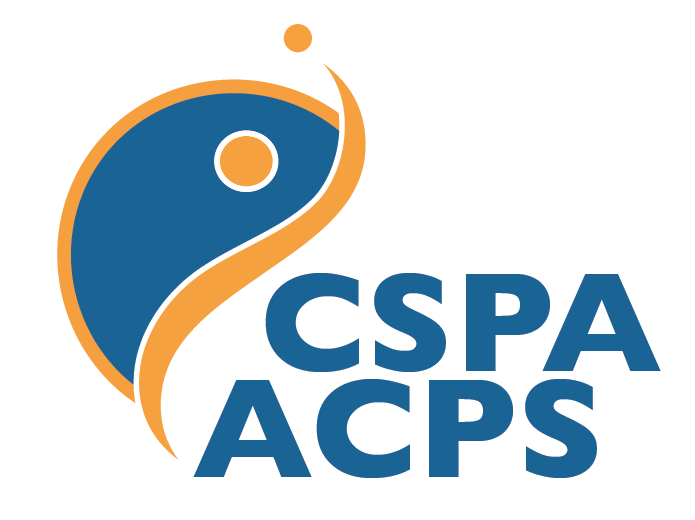Doping in Sport: Why it Matters in the Context of Global Sport Psychology
Kelsey Erickson, PhD, Leeds Beckett University, UK
 “When you hear the word ‘doping,’ what comes to mind?"
“When you hear the word ‘doping,’ what comes to mind?"
In my experience, common responses include: ‘steroids’, ‘blood doping’ and ‘human growth hormone’. Each of these constitutes a banned substance, but the reality is that taking/using a banned substance is only one of ten ways that someone can receive an Anti-Doping Rules Violation (ADRV). The World Anti-Doping Agency (WADA) is the global governing body for anti-doping and seeks to enforce a consistent global approach to anti-doping. A key responsibility of the WADA is to produce and update The Code (WADA, 2015) – a global rulebook outlining what is and is not considered an ADRV. There are currently 10 ADRVs: (1) Presence of a substance, (2) Use or attempted use, (3) Refusing or evading a test, (4) Whereabouts violation, (5) Tampering with testing process, (6) Possession, (7) Administration, (8) Trafficking, (9) Complicity, and (10) Prohibited Association (p. 18-24). Alongside The Code, the Prohibited List (WADA, 2017) outlines which substances and methods are banned in sport and under what conditions (e.g., in-competition/out-of-competition, particular sports). The Prohibited List is amended on a yearly basis with updates coming into effect on the first of January each year.
Why am I telling you this?
The anti-doping movement has traditionally relied on a detection-deterrence approach and focused on the individual athlete, but there has been a shift towards recognizing the significance of the wider community in shaping athletes’ attitudes and behaviors towards doping in sport (Backhouse, Erickson, & Whitaker, 2017). Athletes therefore need to develop the skills and confidence necessary to make their own (informed) decisions, and sport psychology has the potential to help in this regard. Demonstrating the significance of athlete support personnel (ASP) in the anti-doping context, six of the 10 ADRVs now apply to ASP. So, “When you think of ASP, who comes to mind?” Again, in my experience, standard responses include: ‘coach’, ‘athletic trainer’ and ‘physio’. Yet, the official definition is: “any coach, trainer, manager, agent, team staff, official, medical, paramedical personnel, parent or any other Person working with, treating or assisting an Athlete participating in or preparing for sports Competition” (WADA, 2015, p. 132). Although not named explicitly, sport psychologists and mental performance consultants are included in this list. It is therefore critical that as a sport psychology practitioner, you are educated and knowledgeable when it comes to doping-related issues. Failure to do so not only places your client(s) at risk, but also increases your susceptibility to (inadvertently) falling foul of the anti-doping rules; in turn, risking your reputation and career in sport. In light of this, it is concerning that although there is a strong literature base exploring the psychology of doping (Backhouse, Whitaker, Patterson, Erickson, & McKenna, 2016), consideration for the relevancy of sport doping to sport psychology practice is limited. Illustrating this, the AASP Conference 2017 included one presentation related to performance enhancing drugs and it came in the form of a poster (see AASP Conference Program, 2017). Given the stakes, alongside the omnipresent nature of doping in sport (Erickson, Backhouse, & Carless, 2017), the field of applied sport and exercise psychology cannot afford to delay conversations around doping – and what it means for sport psychology practice – any longer. There is too much to lose.
Where do we start?
Suggestion 1: The sport psychology profession needs to define its expectations in relation to supporting clients who expose doping behaviors. In the instance of a client revealing that they have previously and/or are currently doping, is it the practitioner’s responsibility to (a) report that behavior to relevant anti-doping authorities [in adherence to The Code and to protect against being deemed complicit to doping (Article 2.9; WADA, 2015)], or (b) seek to assist and support that athlete and their potential to compete without the assistance of doping methods (in line with the nature of a ‘helping’ profession and confidentiality)? As it stands, it seems practitioners engaging with athletes competing in WADA-sanctioned sports would be obligated to report, whereas practitioners working outside this context would not (Backhouse et al., 2017). The diverging responses, alongside the reality that many practitioners operate simultaneously within both contexts, suggests that the (global) sport psychology profession needs to engage in a critical conversation about how doping is addressed in the field.
Suggestion 2: Sport psychology practitioners need to accept personal responsibility for familiarizing themselves with anti-doping issues, policies and practices relevant to their professional context(s). Not all athletes compete in WADA-compliant sports or events and therefore different sporting contexts can present different doping rules (and associated consequences). The US sport context offers a prime example of this variance given that the majority of US professional sporting leagues (e.g., NFL, NBA, MLB) are not WADA-compliant but, rather, enforce their own anti-doping rules and policies. Meanwhile, sport organizations including (but not limited to) USA Track & Field and US Cycling are WADA-compliant. Therefore, the consequences for an athlete testing positive for a banned substance across these two contexts differ. There can also be different anti-doping rules across national borders, but within the same sport and competitive level. This possibility is highlighted by the fact that the National Collegiate Athletic Association (NCAA; US university sport governing body) is not WADA-compliant, whereas USport (Canadian university sport governing body) and British Universities and Colleges Sport (BUCS; UK university sport governing body) are WADA-compliant. The different statuses have significant implications for doping athletes. For example, the standard sanction for an NCAA student-athlete who tests positive (first offense) for a steroid is one year. Meanwhile, in the UK and Canada, that same student-athlete would be liable to a four-year sanction. Same substance, same competitive level, same sport; yet, very different consequences. For those working across varying sports, competitive levels, nations, and contexts – it is critical that you familiarize yourself with the anti-doping rules that are particular to your (client’s) specific context(s) and regularly monitor changes. Not only that, but you need to know which rules you, as an ASP, are bound by. Indeed, while consulting clients in WADA-sanctioned sports, you would be held accountable to the WADA-sanctioned ADRVs and therefore (potentially) liable to report confessed doping behaviours. Meanwhile, when operating outside of the WADA-sanctioned context you might not be obligated to report (depending on specific organizational requirements). Thus, it is incumbent upon sport psychology practitioners to actively engage with the complex issue of doping in sport.
To get started, I would encourage you to join the Clean Sport Special Interest Group (email me for more details: k.erickson@leedsbeckett.ac.uk). Also, I suggest accessing the following freely available resources:
Resources
Canadian Centre for Ethics in Sport: www.cces.ca
Drug Free Sport Axis: www.drugfreesport.com
GlobalDro: www.globaldro.com
Informed Sport: www.informed-sport.com
NSF: www.nsf.org
RE>ACT: www.leedsbeckett.ac.uk/react
Supplement 411: www.usada.org/substances/supplement-411/
The Taylor Hooton Foundation: taylorhooton.org/
US Anti-Doping Agency: www.usada.org
UK Anti-Doping: www.ukad.org.uk
World Anti-Doping Agency: www.wada-ama.org
References
AASP (2017). AASP 2017 Conference Program. Retrieved from: http://www.appliedsportpsych.org/site/assets/files/1047/aasp_at_a_glance.pdf
Backhouse, S., Erickson, K., & Whitaker, L. (2017). Preventing Doping in Youth Sport. In C. Knight, C. Harwood, & D. Gould (Eds.), Sport Psychology for Young Athletes (1 ed.): Routledge.
Backhouse, Whitaker, Patterson, Erickson, & McKenna. (2016). Social Psychology of Doping in Sport: A Mixed Narrative Synthesis. Retrieved from: https://www.wada-ama.org/sites/default/files/resources/files/literature_review_update_-_final_2016.pdf
Erickson, K., Backhouse, S. H., & Carless, D. (2017). “I don't know if I would report them”: Student-athletes' thoughts, feelings and anticipated behaviours on blowing the whistle on doping in sport. Psychology of Sport and Exercise, 30, 45-54. http://dx.doi.org/10.1016/j.psychsport.2017.01.005
WADA (2017). Prohibited List. Montreal, Quebec: WADA. Retrieved from: https://www.wada-ama.org/sites/default/files/resources/files/2016-09-29_-_wada_prohibited_list_2017_eng_final.pdf
WADA (2015). World Anti-Doping Code. Montreal, Quebec: WADA. Retrieved from: https://www.wada-ama.org/sites/default/files/resources/files/wada-2015-world-anti-doping-code.pdf



